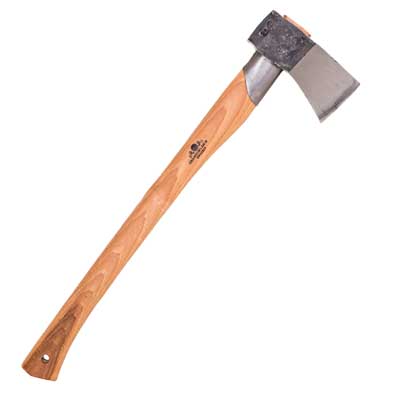By Sjoerd Bos, Managing Director at Sansin
Whether you currently own a log home or are purchasing or building one, you no doubt appreciate the enduring beauty of wood and the log home aesthetic. To protect your investment and ensure your home stands the test of time, you will want to protect it from dirt, moisture, UV exposure and other handling damage. This means wood treatment and finishing are critical decisions. Rather than choosing a coating that creates a non-breathable, waxy film on top of the wood, there are water-borne finish options that deeply penetrate into the logs, allowing water to evaporate and preventing moisture from getting trapped and rotting the logs from within.
For more than 30 years, the Sansin Corporation has been exclusively dedicated to the development of enviro-friendly, water-borne wood finish technologies that make wood beautiful, durable and easy-to- maintain. Sansin’s wood coatings utilize a unique water-borne alkyd formula that combines the benefits of both oil- and water-based coatings but in a formula with much lower VOC (volatile organic compounds) levels. Additionally, rather than using toxic dyes in the colorant system, Sansin utilizes nano technology to create pure pigments ground so fine that they deliver remarkably vibrant, uniform and long-lasting color. Because the finishes don’t form a film on top of the wood, the coatings won’t crack, chip or peel. Water-borne finishes also dry faster, allowing additional coats to be applied in one day rather than waiting a day or two between coats. When properly applied, the coatings offer superior UV protection and lasting durability that enables log home owners to extend the time between maintenance coats.
Sansin SDF is the company’s most versatile exterior finish and, in addition to log home restoration projects, works well on decks, docks, siding and fences. SDF’s specially-formulated oils and resins penetrate into the wood, creating a monolithic bond for outstanding weather and UV protection that won’t crack, peel or blister. SDF can be used on horizontal and vertical wood surfaces and is available in a wide range of natural, semi-transparent and even solid colors. Because SDF is designed to be highly water-repellent, it’s a natural choice for log homes in moisture-rich environments. SDF Topcoat offers additional durability and superior water repellency using a semi-film forming finish. SDF Topcoat is great for surfaces where water splash-back causes discoloration due to moisture intrusion or frequent wetting.When it comes to protecting wood during construction, Sansin Foundation, a nearly invisible penetrating base coat, is simply the best way to protect logs from damage during construction. Just give the wood a light cleaning, and then you can also use it as a base coat for Classic or SDF, creating those lighter, more natural tones but with built-in UV protection. Foundation penetrates into the wood, creating dimensional stability while reducing checks and wood movement. It is available in three tones that complement the wood species of fir, cedar and lightwood.
Look no further than Sansin Timber-Tec for your in-yard protection. Timber-Tec is an industrial grade product that protects from UV degradation, blue stain and repels water (helping wood dry), and it also mitigates wood discoloration during the construction process. Timber-Tec can be applied to green or seasoned logs, improving dimensional stability and allowing wood to adjust gradually to moisture levels in the environment. It comes in in two formula options. M-30 provides the natural light color of fresh pine while C-20 is a clear concentrate that provides a light honey color to the wood after it dries.













